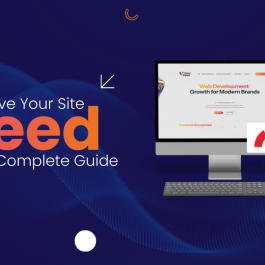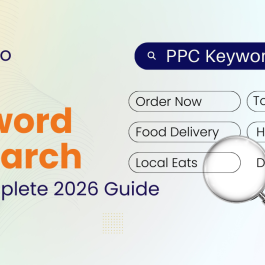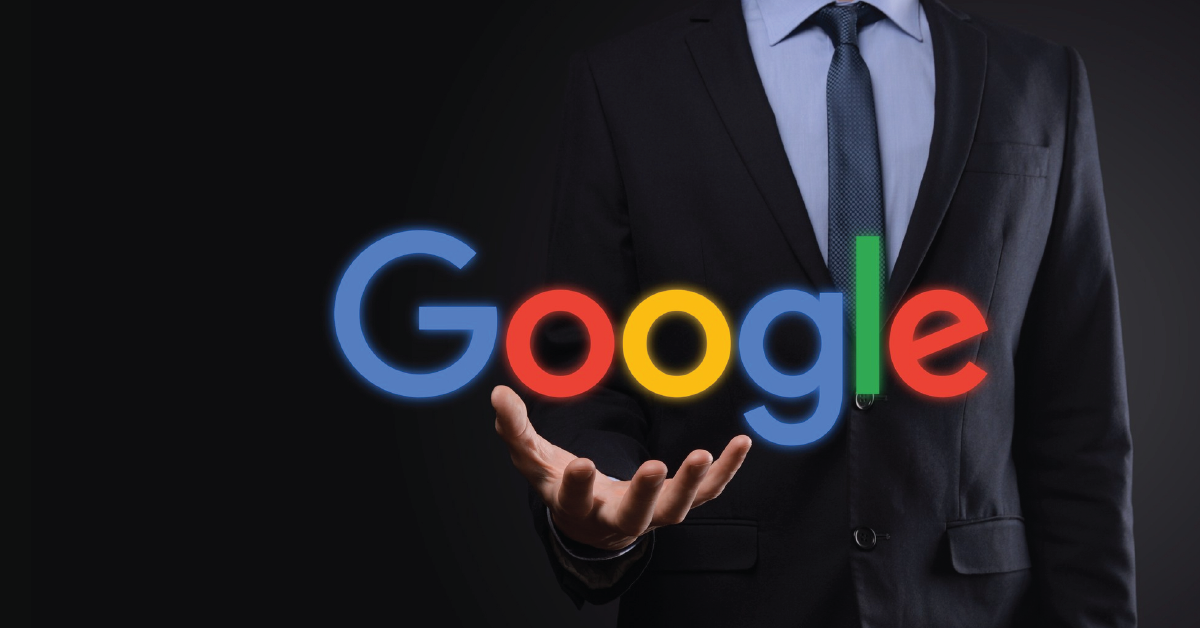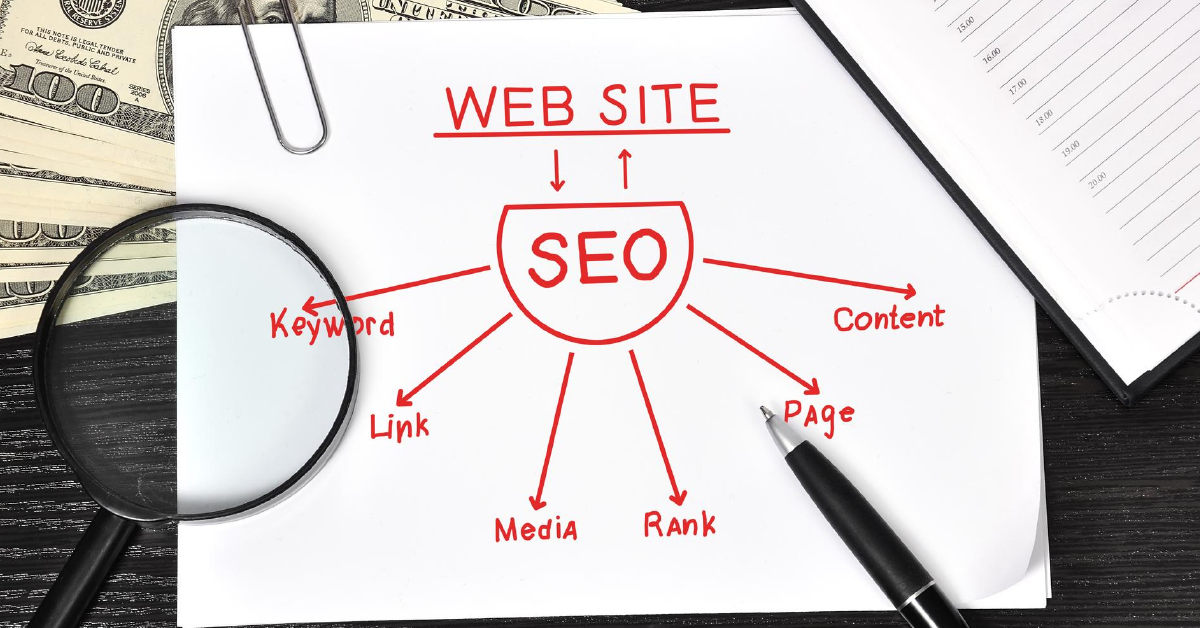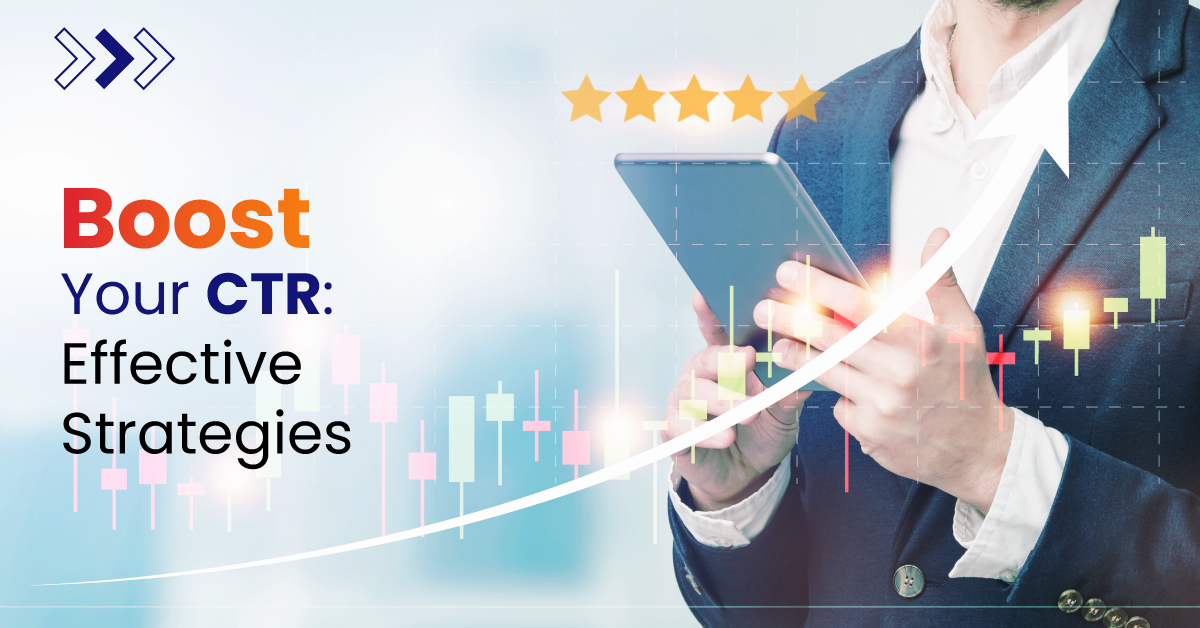7 min read
Why Knowing the Difference Between SEO and SEM Marketing Matters in 2025
Every click counts, but knowing whether that click should come from an SEO strategy or a quick-win SEM campaign is where businesses either scale or stall.
Varun Digital Media crafts sales funnels powered by both SEO and SEM, fine-tuned with AI to lower your cost per acquisition and boost return on ad spend. This isn’t about traffic, it’s about qualified traffic that converts.
Let’s break down what SEO vs SEM marketing really means for your business today and which one fuels the right funnel stage.
Table of Contents
What Is SEO in Digital Marketing
Search Engine Optimization (SEO) is the process of optimizing a website to rank organically in Google search results, meaning you don’t pay for each click.
The goal? To build digital equity over time. The better your SEO, the more discoverable your brand becomes, without relying on ad budgets.
Key Elements of SEO Marketing
- On-Page SEO – We shape your content from the inside out, optimizing titles, keywords, headers, and engaging visuals that guide both users and search engines.
- Off-Page SEO – It’s about credibility beyond your site, earned backlinks, PR coverage, and online signals that tell search engines you’re worth trusting.
- Technical SEO – A fast, well-structured site isn’t optional. We make sure it’s mobile-ready, easy to crawl, and built with clean code that works quietly in your favor.
- Local SEO – We help you show up where it counts- optimizing your Google Business Profile and customizing your reach to the neighborhoods you serve.
- Analytics – Every click tells a story. We track bounce rates, dwell time, and CTR to understand how users engage and how to convert better.
Varun Digital Media centralizes AI auditing tools and keyword clustering systems to ensure that SEO not only brings visibility but also generates leads.
What Is SEM in Digital Marketing?
Search Engine Marketing (SEM) is the broader term that includes both Search Engine Optimization (SEO) and paid advertising, such as Google Ads, Bing Ads, and display networks. However, in common usage today, SEM often refers specifically to pay-per-click (PPC) advertising.
SEM is perfect when you need:
- Immediate traffic for time-sensitive offers
- Branded presence for new product launches
- Retargeting campaigns for abandoned carts or leads
Core Components of SEM Marketing
- PPC Ads- Pay-per-click, often through Google or Bing.
- Shopping Ads- Product-based ads with pricing and visuals.
- Display Ads- Visual banners on relevant websites.
- Remarketing – Reconnect with visitors through smart ads that follow them across the web.
- A/B Testing – Continuously improve performance by testing headlines, CTAs, and creatives in real time.
Our AI optimizes bids and predicts behavior to cut costs and boost high-quality leads, fast.
SEO vs SEM: Key Differences That Impact Your Funnel
1. Speed of Results
- SEO: Takes 3–6 months to build rankings, but ROI compounds over time.
- SEM: Generates traffic immediately but requires an ongoing budget to sustain.
2. Cost Structure
- SEO: Higher upfront resource investment; low cost per lead, long term.
- SEM: Ongoing cost per click; pricing varies by keyword competition.
3. Funnel Stage Focus
- SEO: Awareness and intent-based traffic (informational and navigational).
- SEM: Action-oriented traffic (transactional and commercial intent).
4. Credibility
- SEO: Organic rankings build trust and authority.
- SEM: Paid ads gain visibility but can be viewed as interruptive if poorly targeted.
At Varun Digital Media, we don’t treat SEO and SEM as competitors. We treat them as collaborators in your funnel automation system, each fueling a specific buyer journey.
How to Allocate Budget Between SEO and SEM
One of the most common questions we hear: “Where should we invest more- SEO or SEM?”
The answer? It depends on:
- Your business maturity: Newer brands may need SEM for fast visibility. Established domains should lean into SEO to scale profitably.
- Your product lifecycle: Launch campaigns work well with SEM. Evergreen solutions benefit from SEO.
- Your sales cycle: Long B2B cycles? Start with SEO. Quick B2C purchases? Use SEM.
Pro Tip: Combine both with a smart ratio (e.g., 40% SEM, 60% SEO) and adjust monthly based on performance data. That’s the Varun difference: data-first funnel evolution.
Organic Search vs Paid Search: What Drives Better Results?
Understanding the difference between organic search and paid search is a strategic decision that influences how, when, and why users interact with your brand.
1. Organic Search (SEO)
- Earned visibility – Your ranking is driven by relevance, authority, and user experience, not budget.
- Sustainable ROI – Once ranked, your traffic keeps coming without ongoing ad costs.
- Trusted presence – Users are more likely to click and trust organic results over sponsored ones.
2. Paid Search (SEM)
- Immediate presence: Get to the top of the SERPs instantly with a paid placement.
- Full control: You manage the message, targeting, schedule, and budget.
- Pay to play: Traffic stops the moment your campaign budget ends.
How SEO and SEM Work Together in Funnel Automation
You don’t have to choose sides. The best-performing strategies integrate SEO and SEM based on the customer journey.
Here’s how we pair them:
- TOFU (Top of Funnel): SEO blog posts targeting informational keywords
- MOFU (Middle of Funnel): SEM retargeting to bring users back with contextual offers
- BOFU (Bottom of Funnel): SEO-optimized service pages + PPC landing pages with specific CTAs
Example:
Let’s say you’re selling AI-powered marketing software. You might:
- Use SEO to rank for “best AI tools for digital marketing.”
- Run SEM ads on “buy AI marketing platform” with high intent
- Retarget blog readers with demo ads via Google or LinkedIn
Informational Keywords: Where SEO Leads the Game
Informational search queries like “how to improve website ranking” or “SEO vs SEM for startups” are golden opportunities for organic traffic.
Why? Because these users aren’t ready to buy yet, but they’re researching. And the brand that educates them first often earns their trust (and wallet) later.
With the right content strategy, SEO helps you win early attention, nurture leads, and reduce ad dependency over time.
How Varun Digital Media Utilizes Informational Keywords:
- We create long-form, AI-optimized content that ranks and educates
- We cluster keywords around user intent and buyer stage
- We integrate lead magnets (ebooks, audits) for list building
This is not just acquiring traffic- it’s strategic audience building.
AI Tools That Power SEO and SEM Success at Varun Digital Media
Automation isn’t just a buzzword. At Varun Digital Media, we use AI-powered tools to make both SEO and SEM smarter, faster, and more profitable.
I. AI in SEO
- NLP-based keyword grouping and content optimization
- AI-powered audits for technical errors, core web vitals, and schema gaps
- Predictive traffic modeling to forecast future ranking outcomes
II. AI in SEM
- Smart bidding strategies to lower cost-per-acquisition
- Automated A/B testing of headlines, CTAs, and ad placements
- Conversion path analysis to reduce bounce and drop-offs
The result? Campaigns that don’t just run- they learn, adapt, and outperform.
SEO vs SEM for Different Industries: One Size Doesn’t Fit All
The choice between SEO and SEM depends heavily on your industry, competition, and customer lifecycle. Let’s break it down with funnel logic:
1. eCommerce & DTC
- SEO: Product descriptions, reviews, schema, and category pages.
- SEM: Google Shopping ads, dynamic remarketing, abandoned cart recovery.
Verdict: SEM wins quickly, SEO compounds long-term.
2. B2B Services
- SEO: Thought leadership blogs, service pages, and case studies.
- SEM: PPC for lead forms, webinar signups, and demo requests.
Verdict: SEO builds trust; SEM captures urgency.
3. Local Businesses
- SEO: Google Business Profile, local citations, location pages.
- SEM: “Near me” ad targeting, call-only ads.
Verdict: Combine both SEM and SEO to get local enquiries and reviews.
Choosing the Right Digital Marketing Strategy for Your Business
There is no universal answer to “Which is better- SEO or SEM?”
Instead, ask:
- How fast do you need results?
- What’s your cost-per-acquisition ceiling?
- Are you building long-term equity or chasing short-term ROI?
Here’s our recommendation:
| Business Goal | Recommended Approach |
| Launch a new product or service | Start with SEM, back it with SEO blogs |
| Scale long-term organic visibility | Invest in full-stack SEO |
| Compete in a saturated niche | Use SEM to break in, SEO to stay in |
| Lower overall marketing spend | SEO for compound ROI |
Smart marketing is not SEO vs SEM; it’s SEO and SEM done right.
Why Smart Brands Use SEO and SEM Together
SEO and SEM aren’t rivals. They’re two pillars of the same digital growth.
SEO builds trust, authority, and sustainability. SEM offers control, speed, and testing power. Together, they create a performance loop that accelerates leads and shortens your sales funnel.
At Varun Digital Media, we don’t just manage campaigns. We engineer growth using AI, data-driven frameworks, and automation-first strategies that drive results, again and again.
Frequently Asked Questions
What is the difference between SEO and SEM marketing?
SEO is the practice of optimizing your website to rank organically in search results, while SEM includes both SEO and paid advertising ( such as PPC ). SEO builds long-term visibility, whereas SEM drives immediate traffic.
1. How do paid ads fit into SEM?
Paid ads are the heartbeat of SEM. Whether it’s search, display, or shopping campaigns, paid advertising ensures your brand shows up exactly when potential customers are searching. It’s high-intent traffic, on demand.
2. Can SEO and SEM be used together effectively?
Absolutely. They’re not competing but are collaborators. While SEM delivers instant traction, SEO compounds value over time. When used together, they create a balanced funnel that captures both short-term wins and long-term growth.
3. How long does it take to see results from SEO versus SEM?
SEO is a marathon; it usually takes 3–6 months to gain traction. SEM is a sprint; you can see results the moment your ads go live. For businesses needing both visibility and scale, timing the two is key.
4. What role does keyword research play in SEO and SEM?
Keyword research fuels both strategies. For SEO, it shapes your content. For SEM, it guides your bidding. Done right, it aligns your messaging with user intent and turns search demand into qualified leads.
5. Is SEO free compared to SEM?
SEO doesn’t require ad spend, but it’s far from free. Time, tools, and content are real investments. SEM costs per click, but brings speed and control. Both demand a strategy. Neither is truly “cheap,” but both can be efficient.
6. What are negative keywords in paid advertising?
Negative keywords are filters that block irrelevant searches from triggering your ads. They keep your SEM budget focused, cut wasted clicks, and improve ad performance. It’s about smart targeting, not just visibility.
7. How do search engines understand and rank web pages?
Search engines scan your page structure, content quality, load speed, backlinks, and mobile usability. Relevance + authority + usability = ranking. SEO ensures every signal is in place for search engines to trust and rank your site.
8. What is the importance of compelling ad copy in PPC ads?
In SEM, ad copy is your first handshake. Strong copy grabs attention, earns clicks, and lowers your cost-per-click. Great ads don’t simply sell; they match search intent and lead straight into the funnel.
9. How should businesses allocate their marketing budget between SEO and SEM?
It depends on urgency and stage. New launches may lean on SEM for traffic; established brands might double down on SEO for scale. But in most cases, a smart split- SEM for now, SEO for subsequent strategizing, delivers the best ROI.
Published: December 1st, 2023
